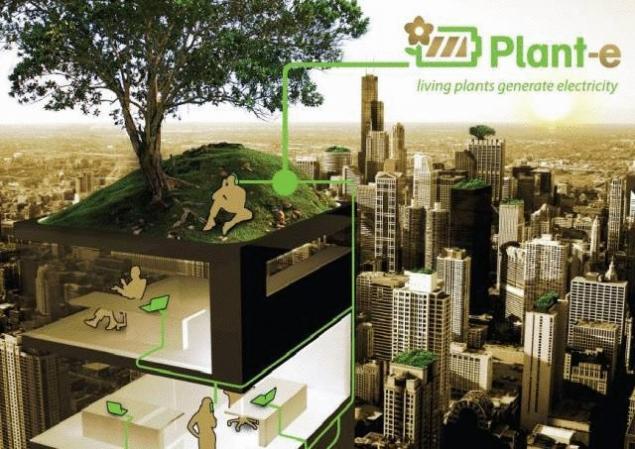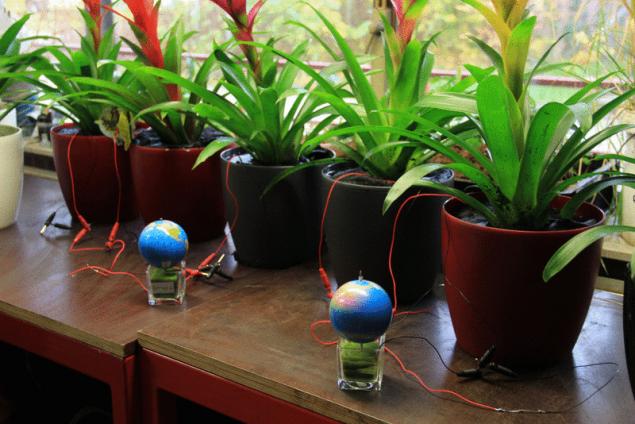Scientists have created a plant for the production of electricity from living plants to power streetlights
 Bashny.Net
Bashny.Net

The Dutch company invented a new way of generating electricity from living plants, which can then be used to power the chargers of cell phones and access points Wi-Fi. To date, more than three hundred led streetlights in the Netherlands, illuminate streets and roads, thanks to the work of two power plants with Plant-e, one of which launched in November 2014, in the framework of the pilot project "Starry Sky" ("Starry sky") on the grounds of a former ammunition depot HAMbrug, near Amsterdam. A second power station was built recently near the head office of the developer in Wageningen.

Module Plant, the company recycles by-products produced by plants in the photosynthesis process, which in the opinion of the company, could mean a new revolution in the field of alternative energy.
It is worth noting that earlier attempts were made to harvest electricity from plants, for example, you may recall the exhibit of the watch that runs on the energy of potatoes. Plant Plant-e is based on the same principle, but differs considerably from previous technologies because it generates a substantial amount of electricity without causing any damage to living growing plants.


Plants that the plant uses Plant-e for electricity for street led lighting, grow in plastic containers with a size of 0.2 square meters. Plants undergo photosynthesis, which is necessary for the conversion of solar energy into glucose. The growth of the plants produce more glucose than they need, so the rest of the glucose goes through the roots into the soil, where it splits into protons and electrons. These "unnecessary" plant electrons and protons and captures the system Plant-e, with the help of electrodes placed in the soil to generate electricity.
The developers hope that this technology will be useful for providing electricity to people in developing countries with rich vegetation. For example, such power modules can be installed around the rice fields, or the tidal zone of the coast. Scientists have only to make the system economically more cost-effective and easy to use.
photographic material: inhabitat.com
Source: www.cheburek.net
Tags
See also
The US army has created a universal charger
Things that do not mind the charge
Artificial leaf could be the most effective source of renewable source of energy
The coming revolution in lighting: scientists have created a white laser
Charge the phone using a plastic bottle
A flexible solar panel that can be used as blinds or Wallpaper
Scientists have created a sodium rechargeable battery with oak leaf
Phones fuel cell
Pellet-fired decentralized power generation
Energy from chlorophyll

















